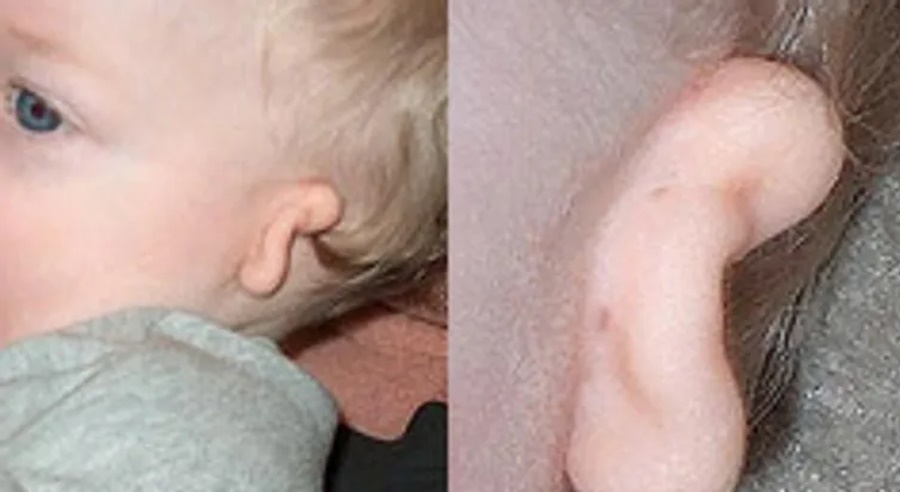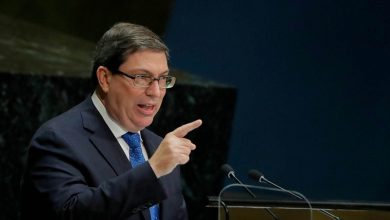Medical breakthrough? 3D printer creates ears from human cells

Microtia is a congenital malformation of the outer ear. US researchers have now made a breakthrough in treatment that could revolutionize transplantation medicine.
You can’t see it under his wild mane, but Paul Stanley was born with a deformed ear. Microtia is the name of the malformation that can atrophy both the pinna and the auditory canal. Despite his one-sided deafness, Stanley chose music and became the guitarist for the legendary rock band “Kiss”. Other people affected by microtia can now hope for a new treatment method from the USA.
For the first time, it has been possible to transplant microtia patients with auricles that a 3D printer had produced from their own cells, reports the New York Times, citing the biotechnology company 3D Bio. A 20-year-old is the first of eleven patients to take part in the clinical study, which has been running since March. Since then, the transplanted ear would continue to grow and form new cartilage tissue.
3D technology could make transplants easier
For the procedure, the experts first made a 3D scan of the healthy ear to determine the exact shape of the transplant, the company said in a statement. A 3D printer then creates the specified shape from cells taken from the cartilage of the healthy ear. For fear of industrial espionage, the company does not want to comment on the manufacturing process in more detail, but the study is being carried out under the supervision of the FDA and is to be presented later in a specialist publication.
Statistically, 100 to 150 people are born with microtia every year in Germany. If the study is successful, the technology could also be used in other areas of transplantation medicine and thus help many more people. The key advantage would be the use of the body’s own cells, which would reduce the risk of the organ being rejected by the immune system.
“It’s quite a jump from ear to vertebrae”
“The 3D ear implant would be a good way to study how tolerable the technology is and how reliable it is in producing certain shapes,” the New York Times quotes bioengineer James Iatridis as saying. He is researching a similar technique for treating spinal injuries. Researchers at the Israeli Institute of Technology in Haifa also reported success in September: They succeeded in creating a network of blood vessels with a 3D printer; The researchers used collagen, a protein that also stabilizes human bones, skin and teeth, as the “ink”.
Bioengineer and materials scientist Adam Feinberg is also optimistic: “It’s definitely a big number. It shows that 3D technology in medicine is only a matter of time,” the New York Times quotes him as saying. However, Feinberg cautions that an ear is relatively easy to shape compared to organs like the liver and lungs or more stable structures: “It’s a pretty big jump from the ear to the vertebrae,” says Feinberg. “But it’s a lot more realistic once you’ve got the ear done.”



